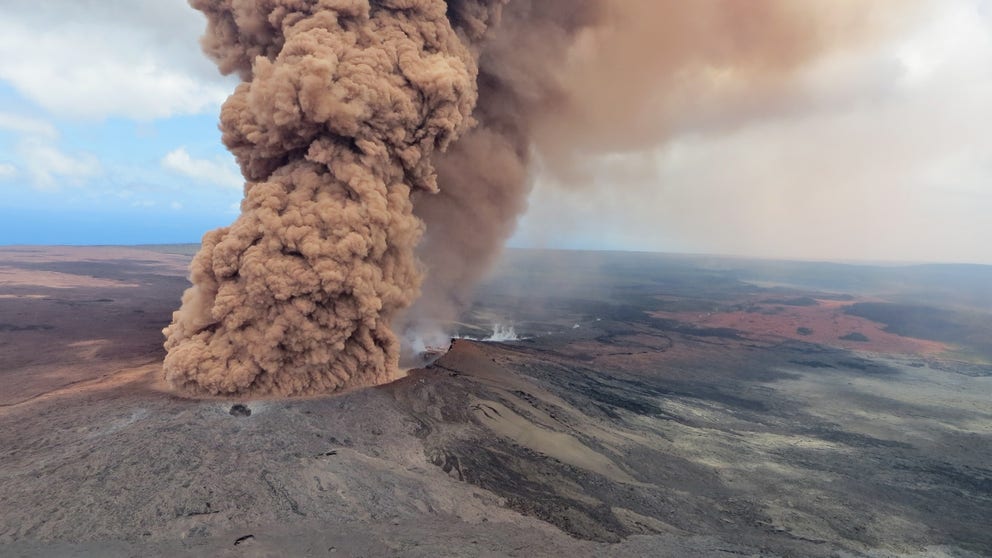Kilauea volcano in Hawaii 'exhibiting signs of elevated unrest'
As gas emissions remain low, the current observations indicate that magma is accumulating beneath the surface of Kīlauea’s summit region, the Hawaiian Volcano Observatory said.
Kilauea eruptions: A look at the most active volcano on the planet
One of the most active volcanoes on Earth, Kīlauea is the youngest volcano on Hawaii's Big Island and a central feature of Hawai'i Volcanoes National Park.
HAWAI'I VOLCANOES NATIONAL PARK – Signs of elevated unrest are ongoing at Hawaii’s Kilauea volcano, according to the Hawaiian Volcano Observatory.
An eruption at the summit might be possible with little or no warning, but there is no sign that an eruption is imminent, the agency said.
However, earthquake rates beneath the summit region have increased from an average of about 20 earthquakes per day to over 40 earthquakes per day during the past week, the HVO noted in its latest update. No unusual activity has been noted along Kīlauea’s east or southwest rift zones.
The HVO said ground deformation rates are also high at the summit, similar to before the June 7 eruption.
"The week’s earthquakes peaked at 100 on Sunday, August 13, including a magnitude-4.3 event that was felt across the Island of Hawaiʻi," the agency said in their latest update. "Most other earthquakes were smaller than magnitude 2."
INCREDIBLE VIDEO SHOWS LAVA FROM HAWAII'S MAUNA LOA VOLCANO SHOOTING 150 IN THE AIR

A look at the last 24 hours from a live panorama shot of Halemaʻumaʻu and down-dropped caldera floor from the west rim of the summit caldera, looking east.
(USGS / FOX Weather)
The increase in seismicity at Kīlauea summit was accompanied by a brief increase in the rate of ground tilt, which has since returned to steady-state, the HVO said.
As gas emissions remain low, the current observations indicate that magma is accumulating beneath the surface of Kīlauea’s summit region.
The Volcano Alert Level/Aviation Color Code for Kīlauea remains at Advisory/Yellow status.
One of the most active volcanoes on Earth, Kīlauea is the youngest volcano on Hawaii's Big Island and a central feature of Hawai'i Volcanoes National Park.
The HVO is one of five volcano observatories within the U.S. Geological Survey and is responsible for monitoring volcanoes and earthquakes in Hawaii and American Samoa.
